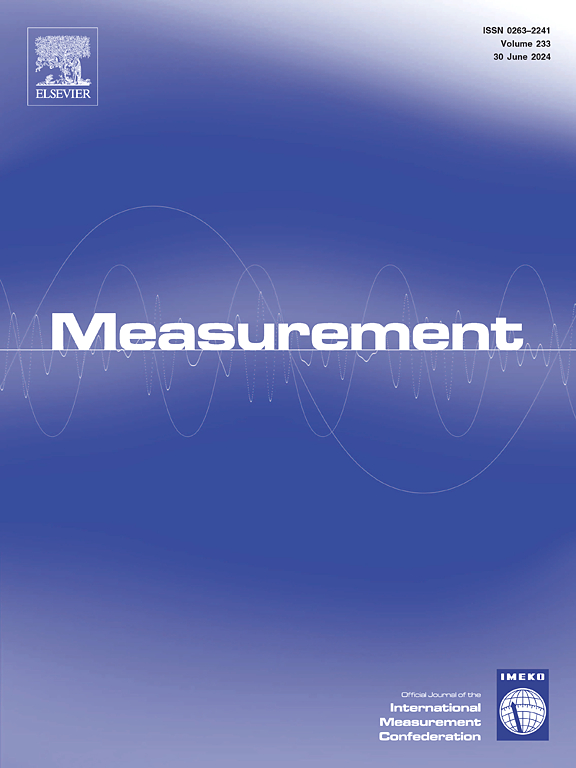Intelligent water level measurement based on visual foundation models
IF 5.6
2区 工程技术
Q1 ENGINEERING, MULTIDISCIPLINARY
引用次数: 0
Abstract
Image-based water level measurement offers low-cost and visualization advantages, making it suitable for high-frequency, multi-location data collection. Although deep learning-based methods achieve high accuracy, their transferability and robustness are constrained by the need for site-specific large-scale training data. This study proposes an intelligent water-level measurement method based on visual foundation models (VFMs) to address this limitation under nonsufficient data. First, Language-guided Generative Data Augmentation (LGDA) is proposed to generate high-fidelity and diverse training images by simulating weather conditions or lighting variations. Then, the Segment Anything Model (SAM) is guided by representative pixel points prompts sampled from Deeplabv3+ probability maps to perform few-shot water surface segmentation. Finally, photogrammetry techniques are used to convert pixel coordinates into water level elevations. Compared with traditional data augmentation methods and other semantic segmentation models, the proposed method achieves higher accuracy in water surface segmentation, with an Intersection over Union (IoU) of 0.904, representing a 9.7 % improvement over the best-performing Deeplabv3+ baseline (IoU = 0.824). Transferability is validated across three hydrological stations using fewer than 50 training images per site. The proposed method achieves more accurate water level estimation, with a mean absolute error (MAE) below 0.026 m and a coefficient of determination (R2) exceeding 0.9 across all stations during one-month monitoring, significantly outperforming the baseline (MAE up to 0.055 m, R2 as low as 0.521). The proposed model demonstrates strong transferability under limited data and enables more accurate and reliable water level measurement.
基于可视化基础模型的智能水位测量
基于图像的水位测量具有低成本和可视化的优点,适用于高频、多位置的数据采集。尽管基于深度学习的方法获得了很高的准确性,但它们的可转移性和鲁棒性受到特定地点大规模训练数据需求的限制。本研究提出一种基于视觉基础模型(visual foundation models, VFMs)的智能水位测量方法,以解决数据不足情况下的这一局限性。首先,提出了语言引导的生成数据增强(LGDA)方法,通过模拟天气条件或光照变化来生成高保真度和多样化的训练图像。然后,在deepplabv3 +概率图中采样代表性像素点提示的指导下,分段任意模型(SAM)进行少量水面分割。最后,利用摄影测量技术将像素坐标转换为水位高程。与传统的数据增强方法和其他语义分割模型相比,该方法在水面分割方面取得了更高的精度,IoU为0.904,比性能最好的Deeplabv3+基线(IoU = 0.824)提高了9.7%。在三个水文站之间验证可转移性,每个站点使用少于50个训练图像。在1个月的监测中,该方法的平均绝对误差(MAE)低于0.026 m,决定系数(R2)超过0.9,显著优于基线(MAE最高0.055 m, R2最低0.521)。该模型在有限数据条件下具有较强的可移植性,使水位测量更加准确可靠。
本文章由计算机程序翻译,如有差异,请以英文原文为准。
求助全文
约1分钟内获得全文
求助全文
来源期刊

Measurement
工程技术-工程:综合
CiteScore
10.20
自引率
12.50%
发文量
1589
审稿时长
12.1 months
期刊介绍:
Contributions are invited on novel achievements in all fields of measurement and instrumentation science and technology. Authors are encouraged to submit novel material, whose ultimate goal is an advancement in the state of the art of: measurement and metrology fundamentals, sensors, measurement instruments, measurement and estimation techniques, measurement data processing and fusion algorithms, evaluation procedures and methodologies for plants and industrial processes, performance analysis of systems, processes and algorithms, mathematical models for measurement-oriented purposes, distributed measurement systems in a connected world.
 求助内容:
求助内容: 应助结果提醒方式:
应助结果提醒方式:


